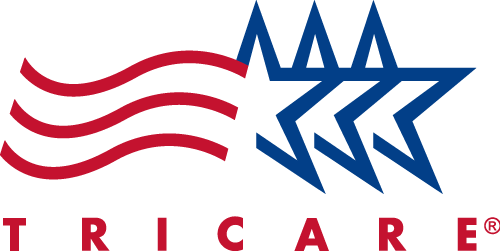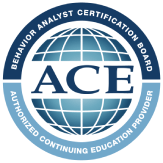Spectrum Behavioral Therapies | ABA Therapy Services | Orange County, CA
Our Services
Regardless of the age of your child, we provide services that will help them progress toward their full potential. We have programs for babies/toddlers, school-aged children, young adults, and adults, with an emphasis on tailoring each treatment plan to the individual needs of your child and family.

ABA Therapy (2-21 Years Old)
ABA is not just a resource to address behavioral deficits or challenges. Our comprehensive program highlights your child’s individual strengths while teaching skills necessary for them to live independently and participate in society.

Early Intervention (0-3 Years Old)
What we focus on: Foundational skills such as imitation, following directions, and responding to the environment, which will help your child learn more naturally within their developmental levels.

Adult Services (21+ Years Old)
Adults with autism can and should be able to fully access their community. Individualized programs are created to teach skills like money management, accessing public transportation, and shopping.

Social Skills
ABA is not just a resource to address behavioral deficits or challenges. Our comprehensive program highlights your child’s individual strengths while teaching skills necessary for them to live independently and participate in society.

School Preparation
Our school readiness program is designed to help children build skills that will make them more successful when they transition to the school setting.

School Shadowing
We provide school shadowing for children who can benefit from additional support in the classroom. Our goal is for your child to independently respond to their teacher and participate in school activities without being dependent on their aide.
Ready To Get Started?
Please Take A Moment To Fill Out our form to qualify for services
Discover the life changing effects of ABA therapy for your child and give them a brighter future with proven and effective methods to treat their autism diagnosis.
Fill out our application to see if you qualify for our ABA therapy services and book a free 30 minute consultation and receive a personalize program analysis from our BCBA Clinical Director.







